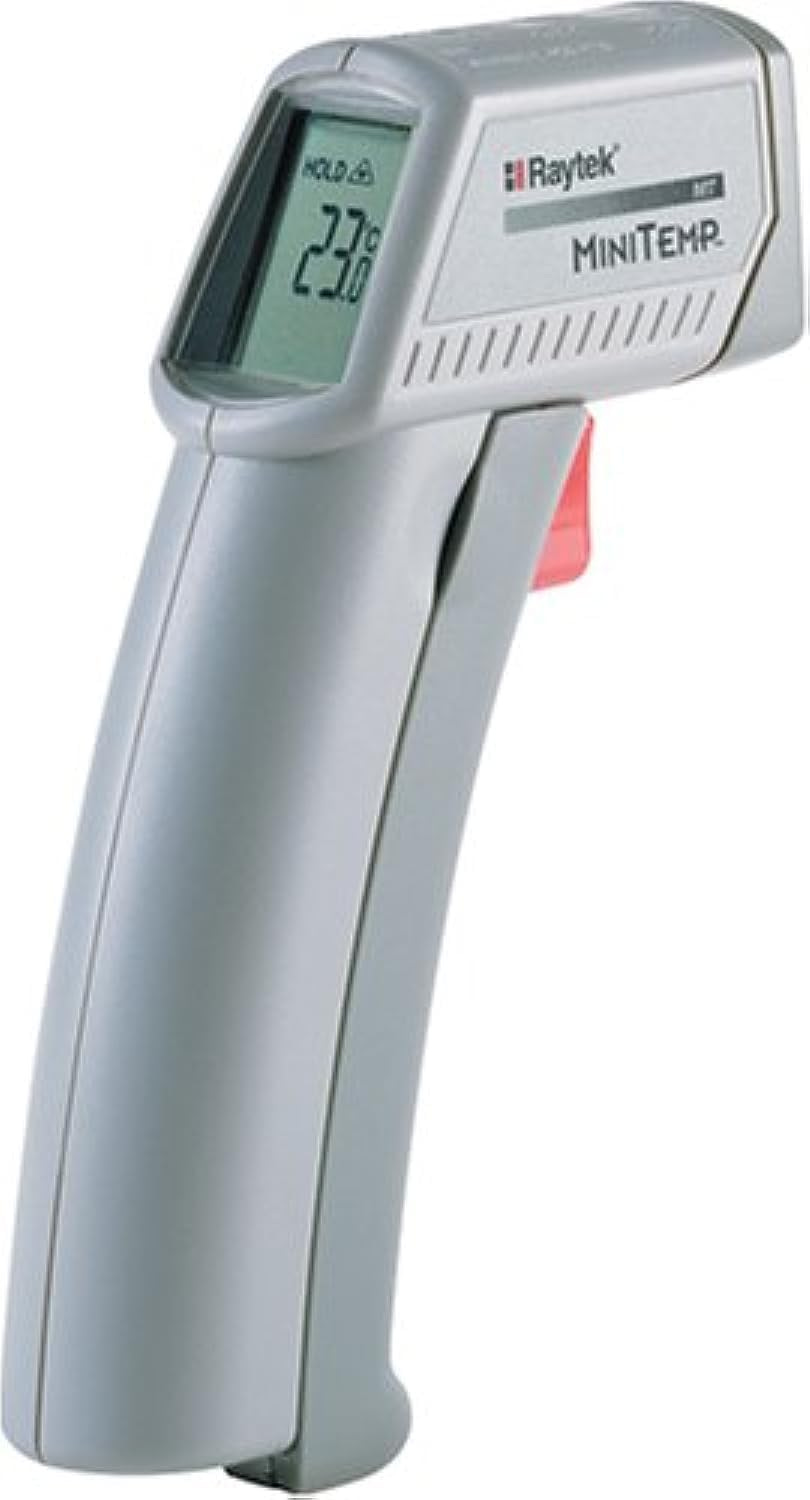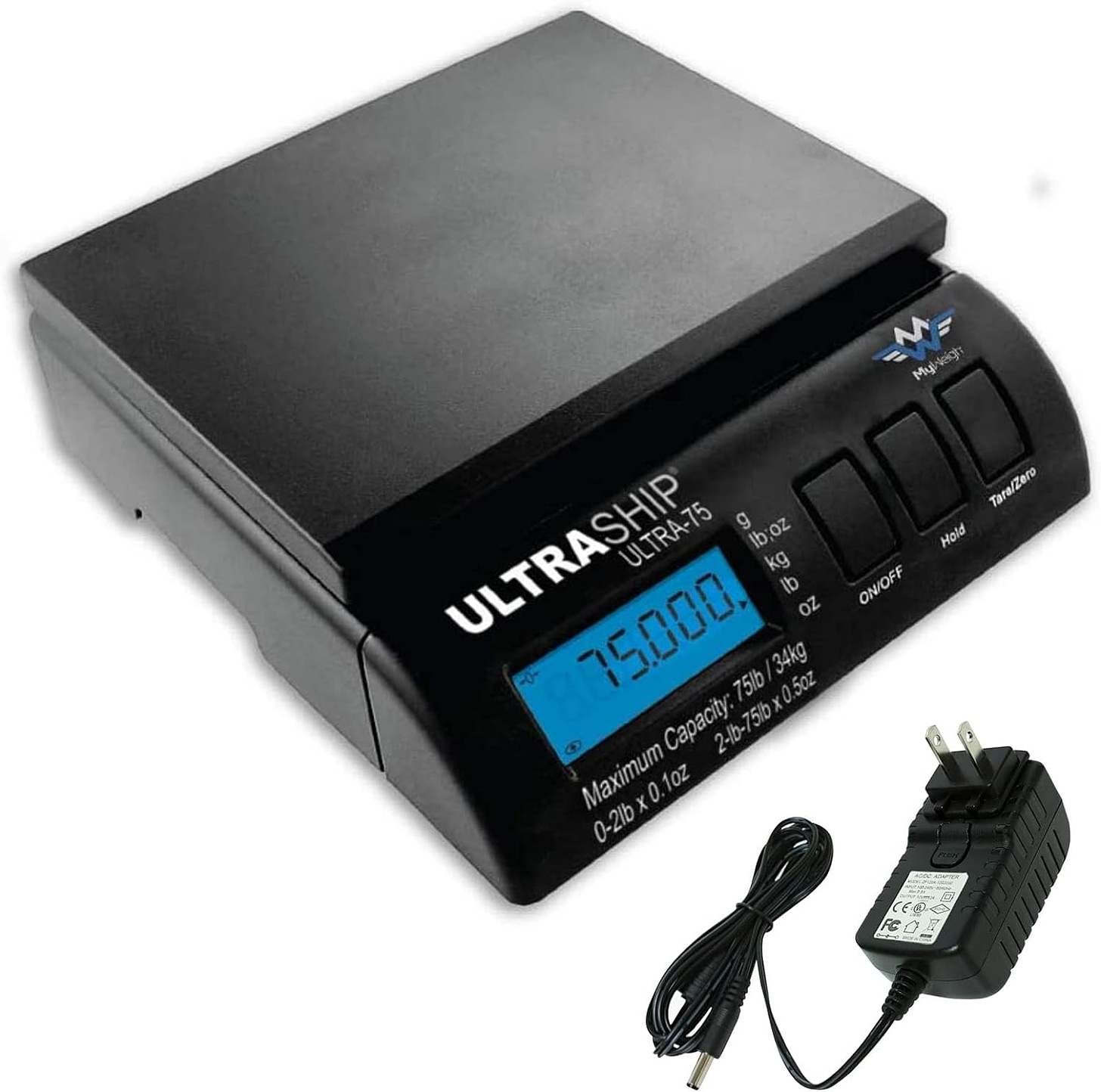Measurement
Tools for Possibilities: issue no. 103
Once a week we’ll send out a page from Cool Tools: A Catalog of Possibilities. The tools might be outdated or obsolete, and the links to them may or may not work. We present these vintage recommendations as is because the possibilities they inspire are new. Sign up here to get Tools for Possibilities a week early in your inbox.

Easy-to-read tape
Because of improvements in tape-measure technology, even a cheap fat 25-foot tape can extend in the air without support ten feet or more, can deal with 99% of my needs, and will roll up into a pocketable 3-inch case. I don’t even bother with tapes less than 25 feet now. I like the Komelon Speed Mark because every inch is labeled with fractional graduations in 1/8″ increments (and hashes to 1/16); for instance, the tape will be marked: 13F, 5 and 5/8 inches. In bold easy to read fonts. No figuring needed. A thumbable button will slow its rewind to prevent damage during its return. This one is not expensive and well made. — KK

No-math spacing
A rivet spacer was originally designed for evenly spacing rivets on aircraft, but it can be used for evenly spacing anything, from buttons on a sweater, to finish nails on those infernal Ikea drawers you are trying to put together nicely. It completely eliminates any need for calculations and weird fractions. You just stretch the fan to the end points with the number of holes you want. It is one of those tools that you never knew you missed until you use it once. — Alexander Rose

Building with math
About five years ago I began to build my own house. It’s amazing just how much of a house is built on maths! I was never very good at maths at school and I would often have to dredge my deepest memories of that time trying to remember whether it was two Pi x R or Pi x R squared?
My wife was getting pretty fed up with me continually giving her bills of quantities and so on to work out, and bought me this book as a gift. I love it! It’s now the most dog eared book on my workshop shelf and even though the house is built and finished I still refer to it whenever I’ve got one of those “I’m sure there must be an easier way of working this out” problems.
It contains tons of useful stuff from calculating loads on beams over a given distance to calculating the thermal efficiency of a wood burner. It really does cover a lot of ground. Only problem I have found with it is that being from the UK, where we generally work in metric, a lot of the tables in the book are in imperial measurements.
However, Scharff usually gives the formulae as well as the tables so it was usually pretty easy just to do the workings in millimetres or kilogrammes or whatever. If they had used books like this when I was at school I reckon I would have seen the relevance and taken to it much more than I did. Anyway, I think it’s a must-have now and wish I had found it years ago. — George Graham

Hand held speed checker
Hold this thing in your hand, aim it at a fast, moving object and it instantly gives you the speed of that object — either coming or going. Not only big objects like cars, but little ones like golf balls, too. This little gizmo’s accuracy matches that of police scans, so you can check for speeders on your block.
The main use of the Pocket Radar is for sports, which is what we use it for — measuring ball/running speeds for performance improvement. It’s super easy to use. And it will pick up all kinds of things I had no idea radar detected. We were able to get accurate measurements on arrows in flight! Not everyone needs to measure speed, but for most who do, this pocket device is all you need. — KK

Non-invasive thermometer
Raytek Mini Non-Contact Thermometer
I borrowed one of these non-contact thermometers to test the heat dissipation around a new fireplace I’m finishing. The device worked so well, I found myself running around my house taking the temperature(s) of lots of things I’d often wondered about but had no way of investigating. For instance, I was curious about the results of extra insulation I put in last year. I also found myself using it to follow heat contours around the house. I could follow heat contours in the air by using this device to measure the temperature of the skin of my hand. This method made a rigorous investigation into energy conservation fun as well as informative.
One attribute of IR thermometers I really appreciated is their instantaneous response, even across a distance. Since the device is based on an infrared (IR) light sensor, there is no lag, no hysteresis (like a thermostat), no memory, no need to even be close to the surface being measured, which is a lot different from how I am used to thinking about temperature.
With the ST pro model it was like I could reach across the room and touch the wall in the back of the fireplace to see how hot the fire was getting. I discovered all kinds of readings that affected my fireplace design. For instance it was around 400 degrees near the gas pipe I was sealing with fireplace caulk. I found that it got to a max of 70 degrees above the fireplace where I was thinking of mounting a plasma TV; that it was a max of 100 degrees about a foot in front of the fireplace at the level of the hearth, and that there was a temp gradient of about 40 degrees to the side edges of the hearth. (I figure that gradient was probably not a steep enough to cause levels of thermal stress that would crack the slate I was planning to use for the hearth). However I was able to measure a much sharper gradient across the metal face of the zero-clearance fireplace, where I planned to mount tile with special heat-tolerant silicon adhesive (thus needing to confirm the max temp of the metal face at around 210 degrees after 2 hours of fire). And so on.
As a homeowner it may be hard to justify buying one, but as a nerd (and especially if I had kids) I want one around. For me it has something to do with an Internet-biased mentality — I hear an obscure concept, or someone has a question, and I almost reflexively reach for Google. Now it’s like that for my home. Is that frying pan at exactly the right temperature for pancakes? Wait, I can get the IR thermometer out of the kitchen drawer… — Rick Botman

Laser based measuring tool
Leica Disto 2 Laser Distance Measurer
The Leica DISTO 2 allows me to measure accurately from about 1/16 inches to about 197 feet. It can calculate from the measurement, as appropriate, the area or volume. It also has the ability using the Pythagorean theorem to calculate indirect lengths.
The small size, in inches, (4.4L x 0.9D x 2.2W) is conveniently to carry and use. The accuracy requires a steady hand but tool quickly obtains a measurement.
I use the D2 for my construction projects and find it helpful in my photography in setting the aperture to get the depth of field I want.
The combination of small size, accuracy, ease of use and low price is not matched to my knowledge. — Walter Smith

Weighs big packages & food
I have been considering buying a kitchen scale for quite a while, but was often underwhelmed with what was out there. Unlike a garden-variety kitchen scale, which typically weighs up to only four pounds, the Ultraship can handle up to 55 pounds. It reads in ounces, pounds, grams or kilos, so it’s perfect for the kitchen, but can also be used for shipping packages and mail. Heck, you could even weigh a small child on it. Also, it features a just plain brilliant design:i f you are weighing a really big monster package that blocks the display, you can detach it! The entire face of the unit can be unclipped and pulled away from the scale with a 5-foot-long extension cord.
When I compared the Ultraship to a laboratory-grade scale used at my company, this one went gram for gram with the lab scale. Within the 0-2 pound range, it is actually accurate to essentially 0.035 ounces as opposed to the 0.1 ounces in the specification. If you take baking seriously, this is the only way to go. I fish quite a bit, so it’s nice to be able to weight those 30-pound striped bass. From 2-55 pounds, the scale is accurate to within 0.5 ounces. While my initial motivation was for the kitchen, I have also been using it for boxes and packages. — Aram Salzman
09/9/24





